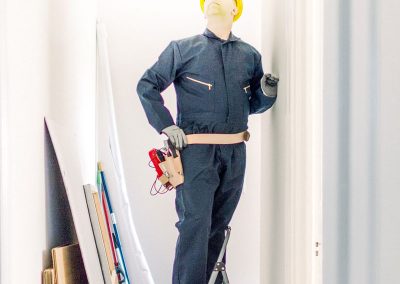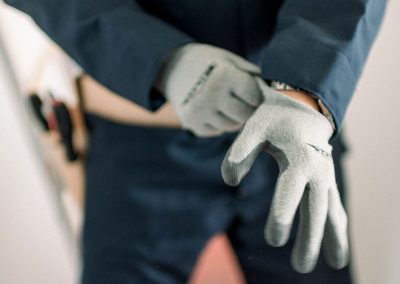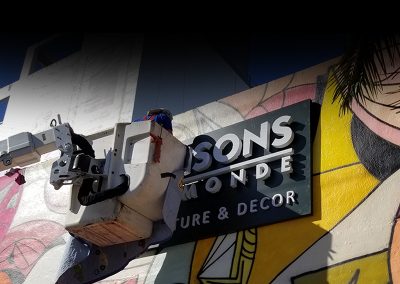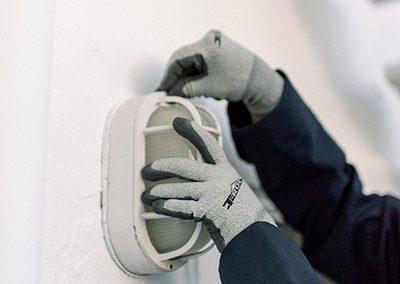Exposed Neon
lorem ipsum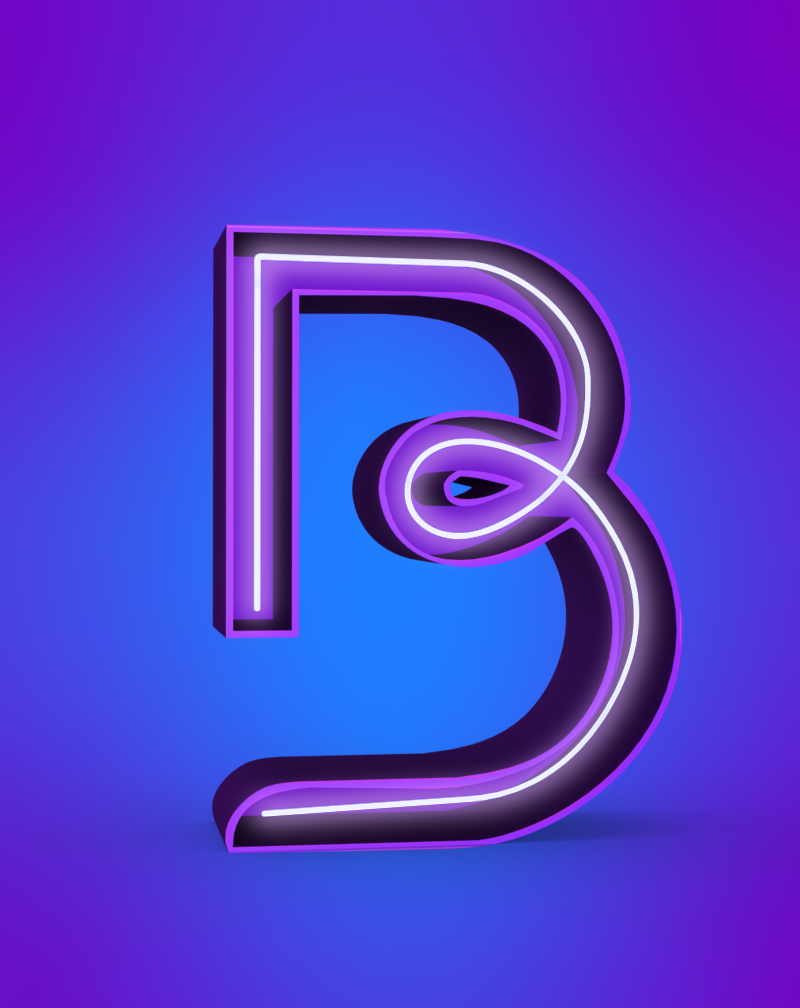
Exposed Neon
Over a hundred years ago, neon lights were introduced to the public in the City of Lights (Paris, 1910). By the 1930s, when construction in Miami Beach was booming, neon was the choice of advertising in the Art Deco hotels and theaters being built in the city.
In the 1970s, developers almost demolished these historic marvels; therefore, a group of activists founded the Miami Design Preservation League (MDPL) in 1976. They helped several buildings obtain historical designation for preservation.
Today, many neighborhoods in Miami Beach and the City of Miami (MiMo, Wynwood) are required to preserve the 100-year-old signage method.
How it works
Exposed Neon Channel Letters are metal fabricated and do not use plastic. The letter faces are left open to the air so the neon can be exposed.
Neon signs require glass tubing, gases like neon and argon, and electrical components that were replaced by LED long ago. Neon sign supplies are not readily available. Using real neon is not an affordable option these days.
Luckily, developments in LED technology allow sign makers to imitate the look and feel of vintage neon. This LED alternative is called Faux Neon. Faux Neon makes it possible to create vintage looking signs, without the high voltage and costly maintenance bills.
Because like with real neon, many factors affect pricing of a Faux neon sign, an artwork is usually required to obtain estimates.
It is advised to check with your local authority the possibility to use Faux Neon in place of real neon.
Send us a Message
Info
267 Banbury Road Summertown, Oxford. 42 Upper Berkeley Street, London. +44 777888 989 hello@massimpressions.com

